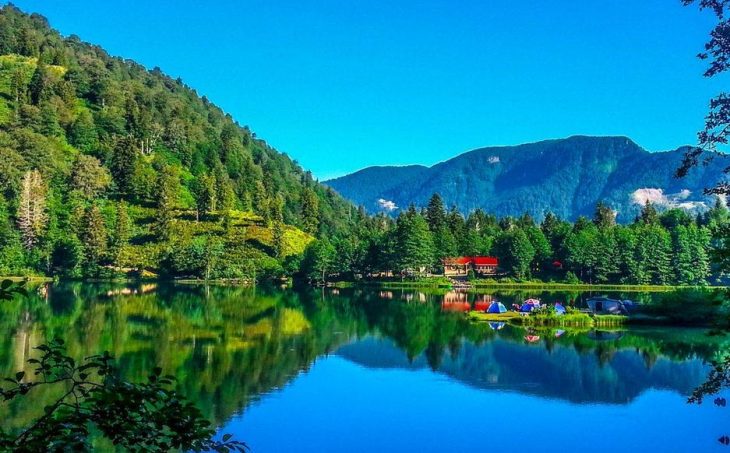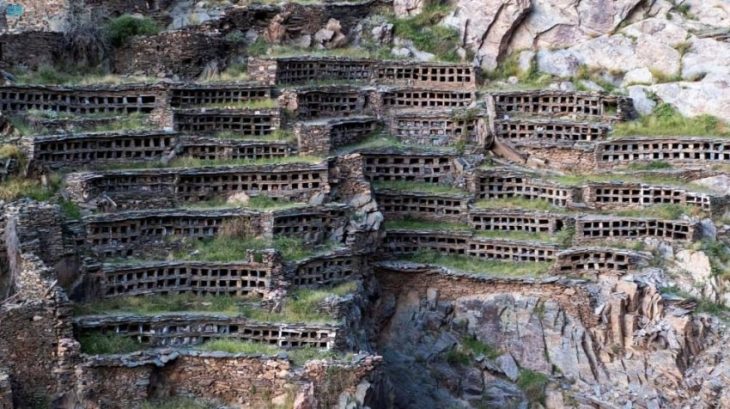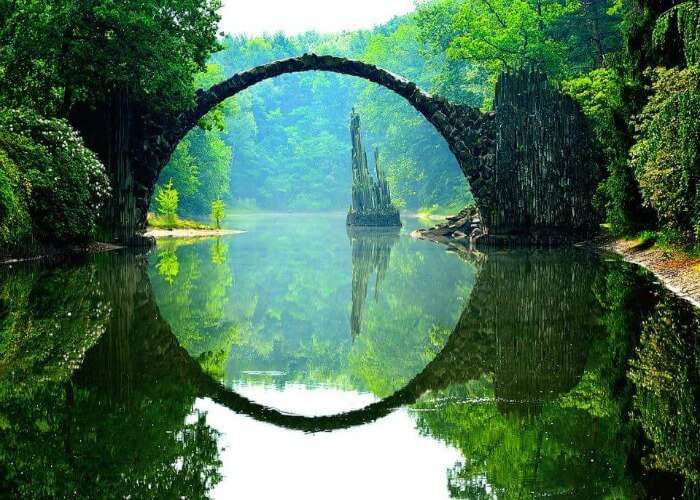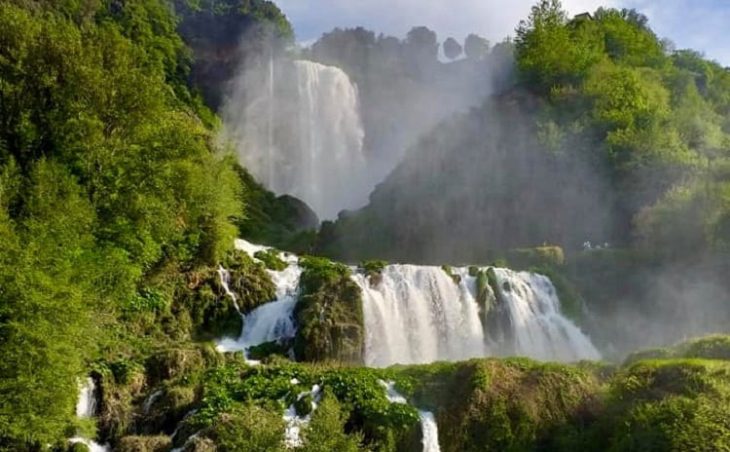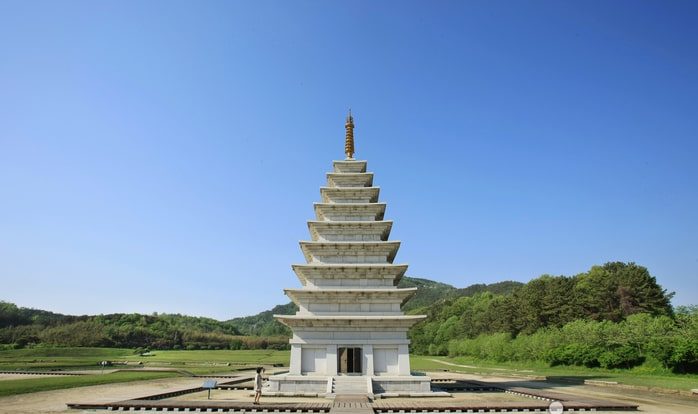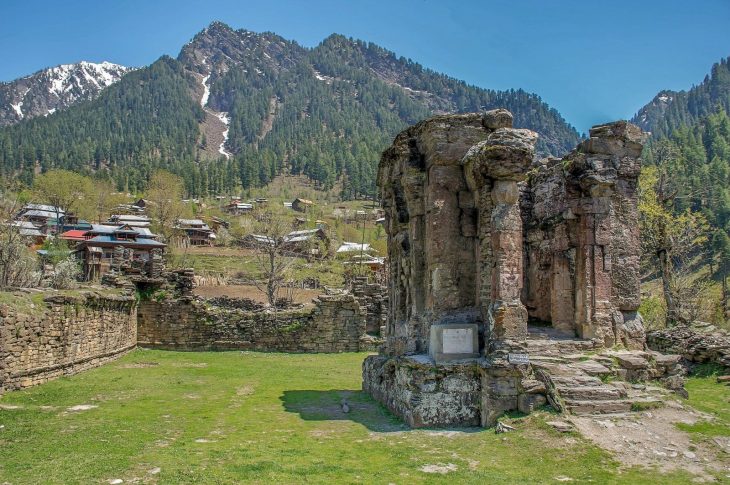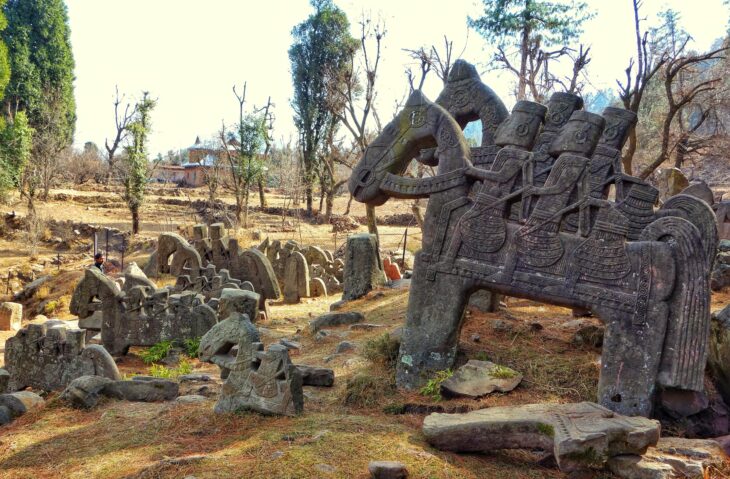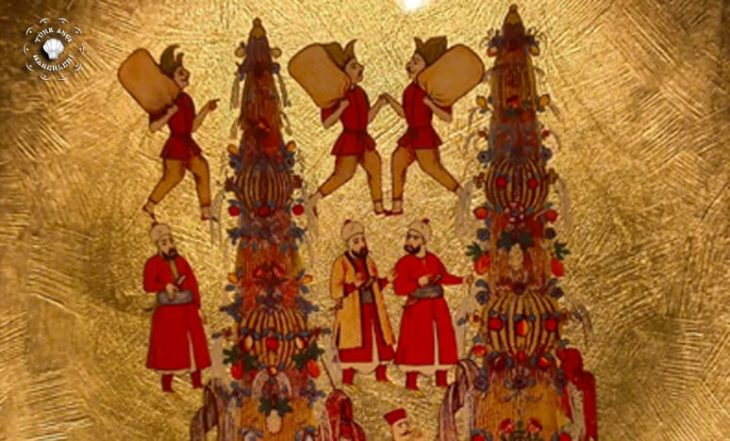The Bulgarian Church of St. Stephens was constructed like a cross-shaped Basilica. St. Stephen Church is also known as The Iron Church since its structure is made of Cast Iron.
It is also called Stevi Stefan in Bulgarian which means Saint Stephen. this church is dedicated to Saint Stephen who is one of the first deacons and the first Christian martyr.
The first church was a wooden construction built near the Golden Horn, and the alter of the current church faces the Golden Horn. After the wooden church was destroyed in a fire, the cast-iron structure was built on its location. According to some sources, this is the only iron church standing at this moment!
Sultan Abdülaziz, according to the popular tale, refused to allow the city’s Bulgarian Orthodox minority to erect a church. The sultan stated that St. Stephen must be finished in a single month, “permitting” its construction in a manner he definitely considered failsafe. But, like so many fantastic stories, the tale of the sultan’s challenge and the Bulgarian triumph isn’t quite true.

Nationalism waves swept the globe following the French Revolution. Furthermore, these waves had a significant impact on the Greek Orthodox Patriarchate, and Bulgarians attempted to find a means to pray in Bulgarian. As you may be aware, Catholics usually use Latin while Orthodox use Greek. And, like Bulgarians, some of the nationalities aspired to speak their own language. However, the Fener Greek Patriarchate was first unwilling to allow Bulgarians to speak their own language and create their own exarchate.
📣 Our WhatsApp channel is now LIVE! Stay up-to-date with the latest news and updates, just click here to follow us on WhatsApp and never miss a thing!!
Stefan Bogoridi wrote a letter to the sultan to explain the worship in Bulgarian and this request was accepted. He had a house where the current church was constructed. So, he moved to a new house and donated the plot.
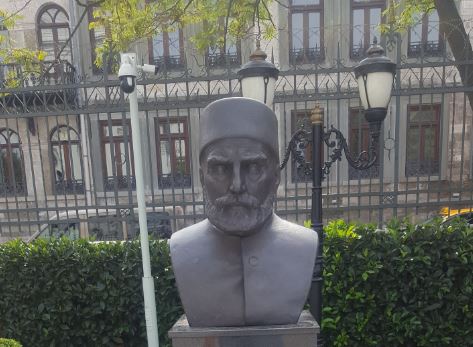
In 1850, they also constructed the building for priests. In 1870, the Bulgarian side left the Greek Patriarchate with Sultan Abdulaziz’s order. After this order, the Bulgarian exarchate has officially started the process.
The Iron Church
The old church was built of wood and was destroyed by a fire. The famous Fossati brothers devised a plan, but the ground was too unstable owing to its location on the coast, and the project was shelved. The exarchate then held a competition, which was won by Armenian architect Hovsep Aznavur. The building of the church began in 1893, and it was completed in 1898.
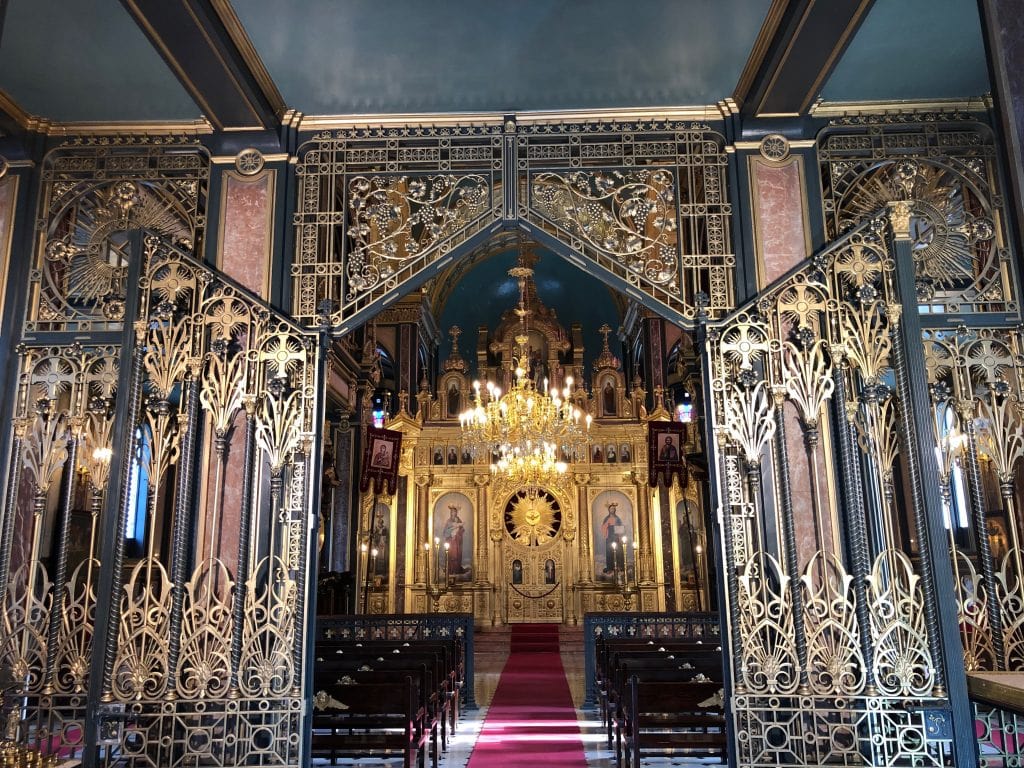
Waagner, a well-known Austrian business, built an entire prefabricated church and tested it before shipping it to Istanbul. The church was transported by ship across the Danube River, then transferred to the Black Sea, and finally sailed through the Bosphorus. As a result, the church weighs just 500 tons. The piles are built of wood and are quite robust. They expanded in the water and show very good strength.
The only remaining original feature from the wooden church that predated the Iron Church is its stone altar, still in use to this day. Inaugurated on September 8, 1898, one of the world’s few full-metal churches has remained in constant use ever since.
The church reopened in January 2018 after an extensive renovation. The Bulgarian Iron Church is very close to Fener pier and Balat pier.
The official address: Balat, Murselpasa Cd. No:10, 34087 Fatih/Istanbul



